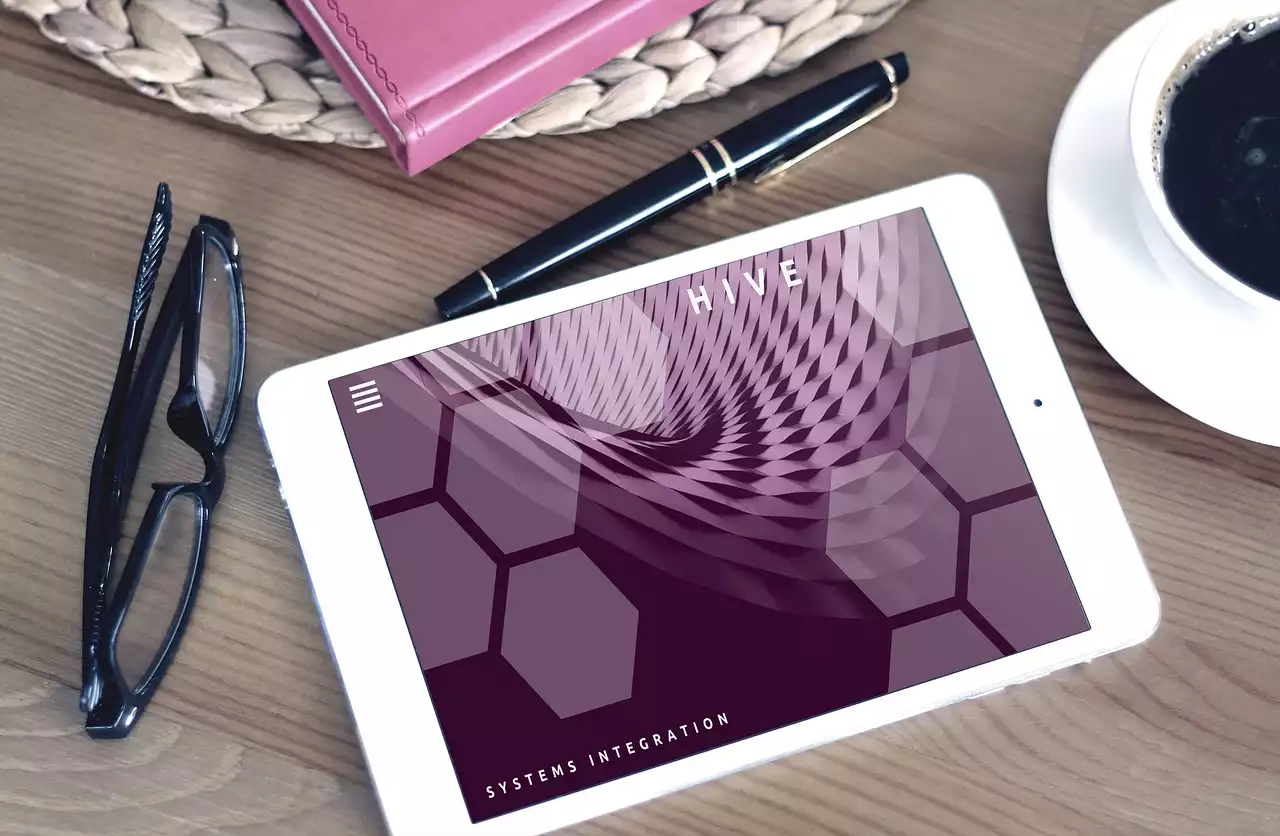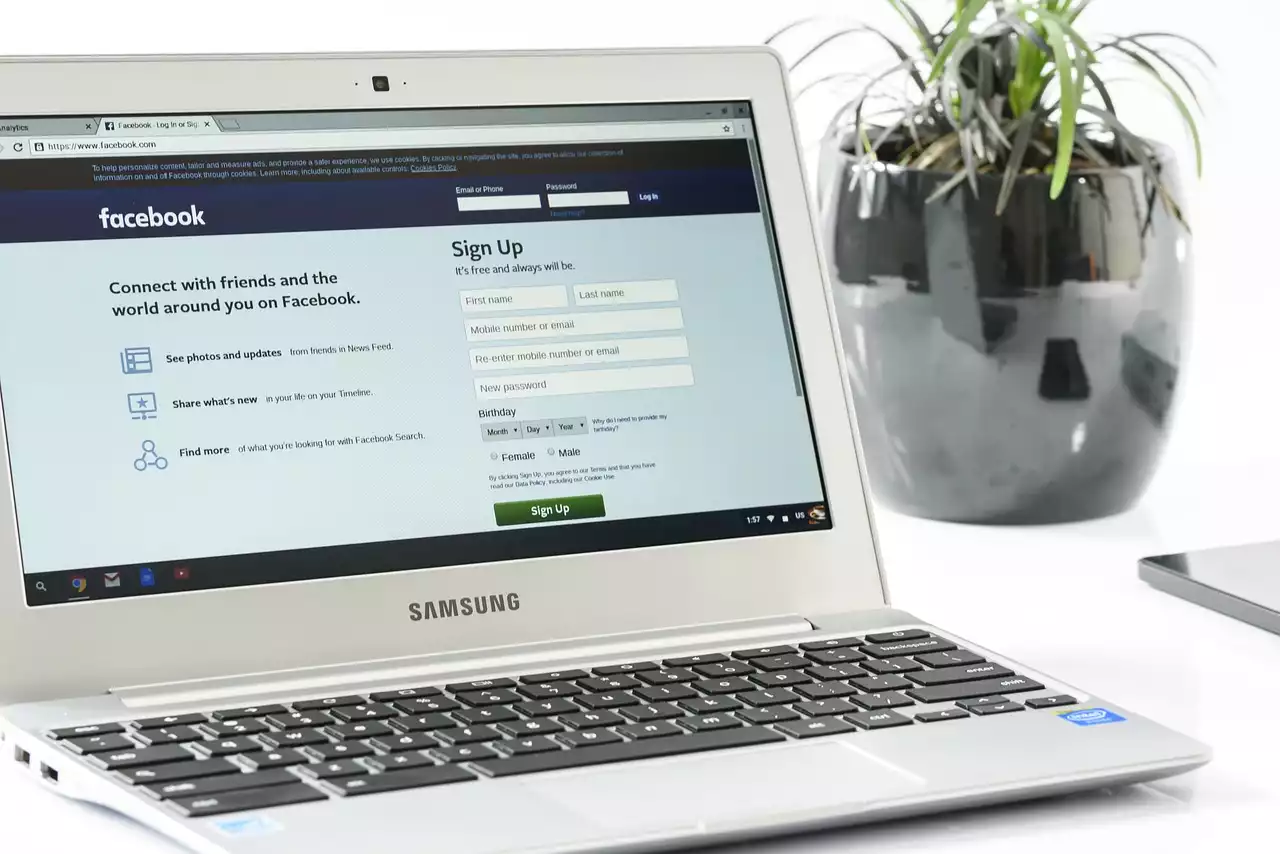Why is UGC important in social media marketing?
UGC is important in social media marketing because it helps brands create a genuine connection with their audience. When customers see other people like them using and enjoying a product or service, it can be much more compelling than seeing an advertisement from the brand itself. In fact, according to a study by Stackla, 79% of people say that UGC highly impacts their purchasing decisions, and 60% say that UGC is the most authentic form of content.
In addition to building trust, UGC can also help increase engagement and reach on social media. When customers share their own content and use branded hashtags, it can help increase the visibility of a brand's social media presence. This, in turn, can lead to more followers, more engagement, and ultimately, more sales.
Finally, UGC can be a cost-effective way to create content for social media. Instead of spending resources on creating high-quality photos or videos, brands can leverage the content that their customers are already creating. This can help save time and money while still creating a powerful impact on social media.
Examples of successful UGC campaigns
There are many examples of successful UGC campaigns across various industries. One example is Starbucks' "White Cup Contest" in 2014. The campaign encouraged customers to decorate their Starbucks cups and share photos on social media using the hashtag #WhiteCupContest. The winning design would be featured on a limited edition Starbucks cup. The campaign generated over 4,000 entries on Instagram and helped increase Starbucks' social media engagement.
Another example is Airbnb's "We Are Here" campaign. The campaign encouraged Airbnb hosts and guests to share their experiences on social media using the hashtag #WeAreHere. The campaign showcased the diversity of Airbnb's community and helped increase brand awareness.
Finally, GoPro's UGC strategy has been a game-changer for the brand. GoPro encourages its customers to share their own photos and videos using the hashtag #GoPro. The company then curates the best content and shares it on its social media channels. This has helped GoPro build a loyal following and establish itself as a leader in the action camera industry.
How to encourage UGC from your audience
Encouraging UGC from your audience requires a strategic approach. Here are some tips to get started:
Use branded hashtags: Create a unique hashtag that customers can use when sharing their own content. Make sure the hashtag is easy to remember and aligns with your brand's messaging.
Offer incentives: Consider offering a discount or prize for customers who share their own content. This can help incentivize participation and increase engagement.
Feature UGC on your social media channels: When customers see their own content featured on a brand's social media channels, it can be a powerful motivator to continue creating and sharing content.
Make it easy to share: Provide clear instructions on how to share UGC on social media and make sure the process is as seamless as possible.
Engage with UGC: When customers share their own content, make sure to engage with them by liking, commenting, or reposting their content. This can help build a sense of community and encourage further participation.
Legal considerations for using UGC in your marketing
It's important to note that there are legal considerations when using UGC in your marketing. Here are some key things to keep in mind:
Always ask for permission: Before using UGC in your marketing, make sure to obtain permission from the creator. This can be done through a consent form or by asking for permission directly.
Give credit where credit is due: When using UGC, make sure to give credit to the creator by tagging them or including their username in the post.
Be aware of copyright laws: Make sure that the UGC you are using does not violate any copyright laws. This includes using music or images without permission.
Have a clear UGC policy: Create a policy that outlines how UGC will be used in your marketing and make sure it aligns with legal requirements.
Best practices for sharing UGC on social media
When sharing UGC on social media, it's important to follow best practices to ensure a positive impact. Here are some tips:
Curate content: Only share UGC that aligns with your brand's messaging and values. This can help ensure a consistent brand image. Use high-quality visuals:
Make sure the UGC you are sharing is visually appealing and high-quality. This can help increase engagement.
Provide context: When sharing UGC, provide context by including a caption or explaining why the content is relevant to your brand.
Engage with the creator: When sharing UGC, make sure to tag the creator and engage with them by liking, commenting, or reposting their content. This can help build a sense of community and encourage further participation.
Tools for managing UGC campaigns
There are many tools available to help manage UGC campaigns. Here are some examples:
Hootsuite: Hootsuite is a social media management platform that allows you to monitor branded hashtags, engage with UGC, and track campaign performance.
TINT: TINT is a UGC platform that allows you to curate and display UGC on your website or social media channels.
Yotpo: Yotpo is a platform that allows you to collect and showcase customer reviews, photos, and videos on your website or social media channels.
Measuring the success of your UGC campaigns
Measuring the success of your UGC campaigns is important to ensure you're getting the most out of your efforts. Here are some metrics to consider:
Engagement: Track likes, comments, and shares on UGC posts to measure engagement.
Reach: Measure the number of impressions or views generated by UGC posts.
Conversions: Track how many sales or leads are generated from UGC campaigns.
Sentiment: Analyze the sentiment of UGC to see if it's positive or negative.
Potential pitfalls of UGC and how to avoid them
While UGC can be a powerful strategy, there are also potential pitfalls to consider. Here are some examples:
Inappropriate content: Make sure to monitor UGC for inappropriate or offensive content. Have a policy in place for how to handle this type of content. Negative reviews: UGC can include negative reviews or feedback. Make sure to respond to negative feedback in a professional and timely manner. Lack of control: UGC can be difficult to control, as it's created by customers. Make sure to have a strategy in place for how to handle negative or off-brand content.








.png?size=50)
